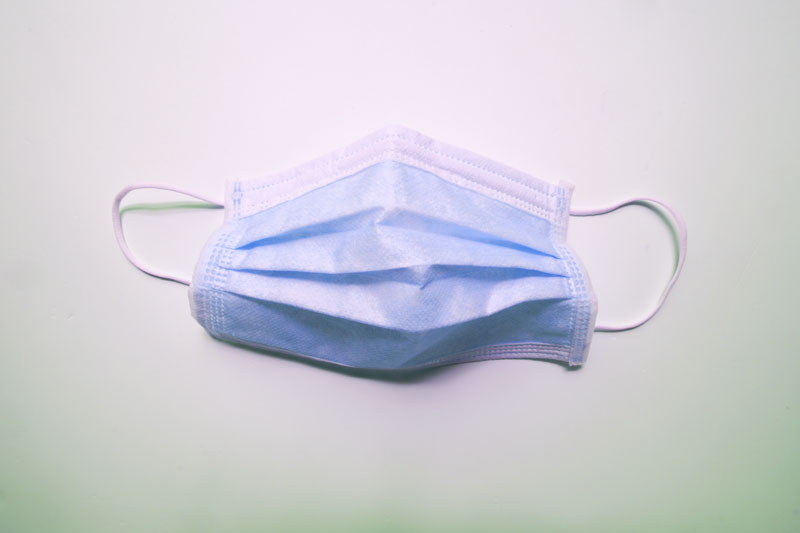N95 Masks vs P2 Masks: What you need to know

There has been a lot of interest recently in N95 face masks, and in particular, the difference between N95 rated masks and P2 masks. Jaybro sells both of these products and here we discuss the differences in test methods between the two and how they compare.
P2 masks in the construction and building sector
Disposable face masks or respirators are typically categorized with a ‘P’ rating in the construction and industrial sectors. The ‘P’ refers to the particle size of the particulate matter that the mask is designed to protect against. P2 masks must comply with Australian Standards to ensure the best protection for workers.
Australian Standards for Respirators
The Australian and New Zealand Standard for Respiratory Protective Devices is AS/NZS1716. This standard specifies requirements for respiratory protective devices, whilst a different Standard, AS/NZS1715, offers guidance on the selection, use and maintenance of respirators. This is the Standard most commonly used when selecting the right respirator for industrial applications.
However, N95 masks do not fall under these standards.
So, what are N95 masks and how do they differ from P2 masks?
Are N95 masks the same as P2 masks?
Recently there has been some confusion around the differences in P2 dust masks vs N95 dust masks. Both masks are certified, albeit to different standards. This occurs because products tested under American NIOSH (National Institute of Occupational Safety and Health) or European (CE) Standards are often exported and sold in Australia.
Due to the global nature of the market and manufacturing companies, respirators are often tested and marketed under different standards, meaning a range of different certifications are acceptable in the Australian market.
N95 masks are very similar to P2 masks, and feature only very slight differences. This is due to the different testing and certification practices between Australia and the US.
Jaybro supplies both N95 disposable respirators and P2 respirators, and below we have laid out the slight differences in the two types. As you can see there are some minor differences in the aerosol flow rates and particle sizes that both these masks protect against.
The differences of filtering efficiency (P2 filter efficiency of 94% vs N95 filter efficiency of 95%) between the classification systems result in virtually no impact on the level of respiratory protection provided to wearers.*
| P2 Masks (Australian & New Zealand Standard) | N95 Masks (US NIOSH Standard) | |
| Filter Efficiency | at least 94% | at least 95% |
| Testing Substance | Sodium Chloride Aerosol | Sodium Chloride Aerosol |
| Aerosol flow rate | 95 litres / minute | 85 litres / minute |
| Aerosol particle size | 0.3 to 0.6 microns | 0.3 microns |
The importance of getting a good fit
It’s important to remember that any respirator can be rendered useless if it does not offer a good seal to the wearer’s face.
Outside contaminants can easily be breathed in around the edges of the mask if it does not fit snugly to the wearers face. In fact, fit testing is mandatory according to the Standard to ensure that workers using respirators in the course of their daily work are receiving the best protection possible.
Single use dust masks and disposable masks such as P2 and N95 masks need to fit properly too, and provided they are worn correctly they will provide a negative pressure (vacuum-like) seal. When properly fitted and worn, minimal leakage occurs around edges of the respirator when user inhales, thus providing good protection against contaminants.
If you’d like more information on fit testing, Jaybro can provide this service at your workplace or ours, ensuring you comply with OHS regulations. Please get in touch with our friendly team for more information.
A note on surgical face masks
Folded paper type surgical masks do not provide the same level of protection as a N95 or P2 Respirator. These are designed to prevent the wearer from expelling body fluids into the environment and stop blood and fluid splashes. They are non-fitted and don’t provide a good seal to the face, therefore there is ample potential for air leakage around the edges of the mask.
For this reason they do not offer suitable protection from outside airborne contaminants and are not an ideal substitute for N95 or P2 masks.
Need help choosing the right disposable respirator?
Our safety and PPE specialists are here to help. Please contact us for assistance with choosing the right respirator for your application.
*ProChoice Safety Gear RPE Information Alert, P2 respirators vs N95 respirators.
 Sign In
Sign In 


